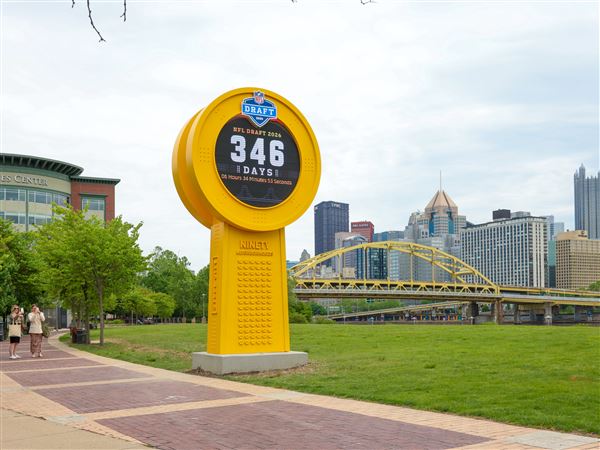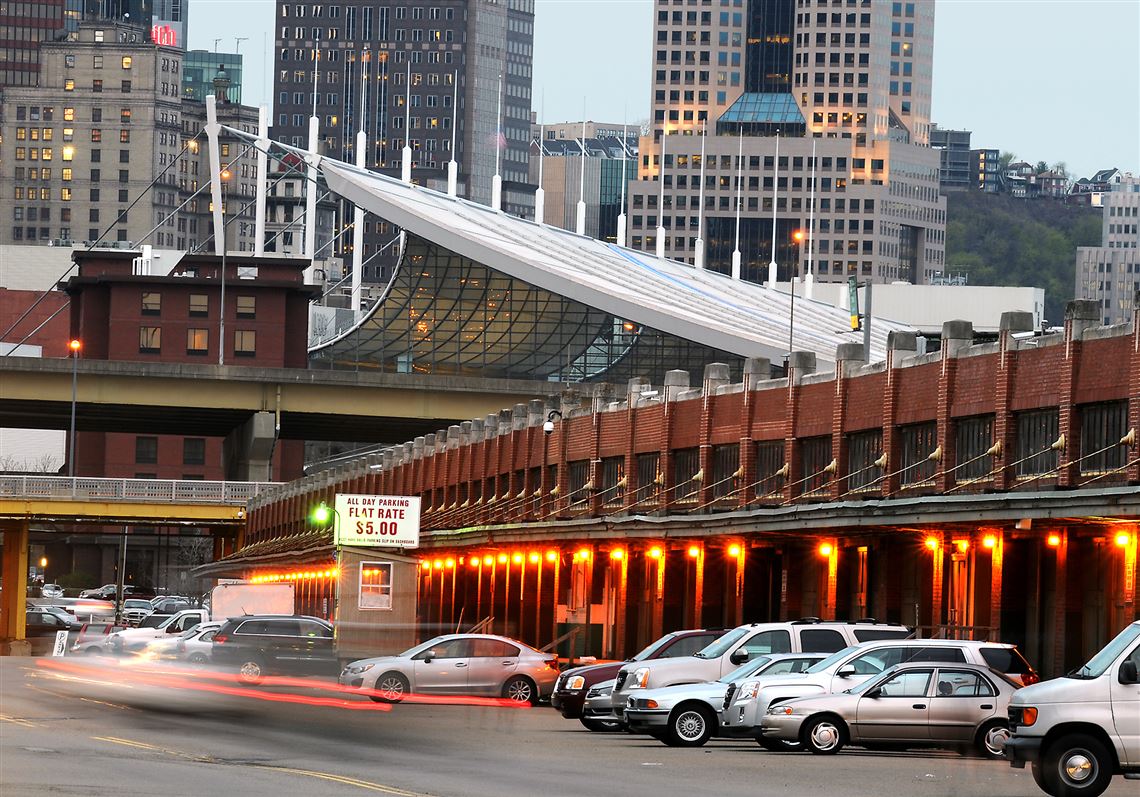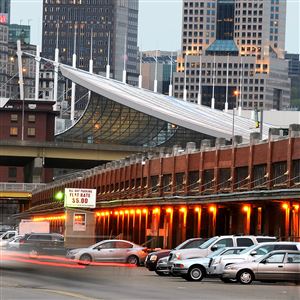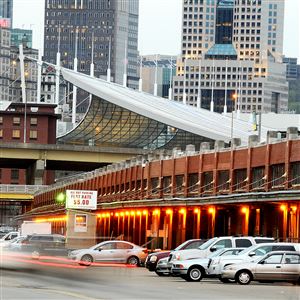A Chicago developer has overhauled its plan for the city’s historic produce terminal, replacing much of the housing that had been proposed with offices and retail and an anchor “that will focus on food.”
After months of consultations with city leaders, local foundations and others, Dan McCaffery, CEO of McCaffery Interests, said he is excited about the new proposal that is emerging for the redevelopment of the Strip District landmark. “In many ways, it stands the chance to be the crown jewel of the whole area,” he said.
Mr. McCaffery hopes to be in a position to make a “go or no-go announcement” on the redevelopment and present the formal plan to the public within the next 60 days.
Since July, the developer has been working with Pittsburgh Gateways Corp. on a new plan to redevelop the 1,533-foot-long Smallman Street warehouse, a former hub for produce wholesalers now largely vacant.
The city’s Urban Redevelopment Authority, which owns the building, brought in Pittsburgh Gateways to work with McCaffery Interests after cutting ties with Pittsburgh developer Rubino Partners. Rubino had been selected along with McCaffery in September 2014 to cobble together a plan for the terminal, one built around housing and a marketplace.
But the two never met, and the URA then turned to Pittsburgh Gateways, the nonprofit economic development group behind the redevelopment of the former Connelley Trade School in the Hill District, for help.
Mr. McCaffery said the new mixed-use development will be a “smattering of everything,” with “sensible office space, sensible retail space” and parking as well as a “much, much improved streetscape” on Smallman Street.
In addition, there will be an “anchor use that will focus on food,” he said, although he was reluctant to describe it further out of fear that it might be misconstrued.
McCaffery Interests originally had proposed converting the terminal into 118 residential units, including 14 live-work lofts; 20,000 square feet of office space; and 35,000 square feet of retail at a cost of $30 million.
Although there still may be a residential component in the new plan, the number of units will be “significant fewer” than what had been proposed, Mr. McCaffery said.
The developer changed course after thinking more about the potential for the building and studying the market. One goal, Mr. McCaffery said, was to ensure that whatever was put into the building would be viable long term.
While he has been working with Pittsburgh Gateways on the project, he also has had conversations with Mayor Bill Peduto and local foundations, including the Heinz Endowments, which encouraged Pittsburgh Gateways to become involved in the discussions.
Mr. McCaffery is hoping that Heinz, which has had an interest in the project, will help with the financing.
John Ellis, Heinz Endowments spokesman, acknowledged that the foundation has been “engaged in discussions with the mayor and potential partners on how the produce terminal might be preserved.”
“It’s not a secret that we have an interest in the produce terminal and in preserving it as a civic asset, but we’re not clear yet what our role might be and it would be premature to go into detail at this point,” he said.
McCaffery Interests was one of three developers to submit proposals for redeveloping the terminal in April 2014 after Mr. Peduto worked out an agreement with the Buncher Co., which held an option to buy the property from the URA, to seek alternatives. The mayor disliked Buncher’s plan to demolish the western third of the terminal to extend 17th Street to the Allegheny River.
Mr. McCaffery acknowledged a final plan for the building has been a long time in coming. “Yes, a little longer than I expected,” he said.
Mark Belko: mbelko@post-gazette.com or 412-263-1262.
First Published: December 4, 2015, 5:00 a.m.
























